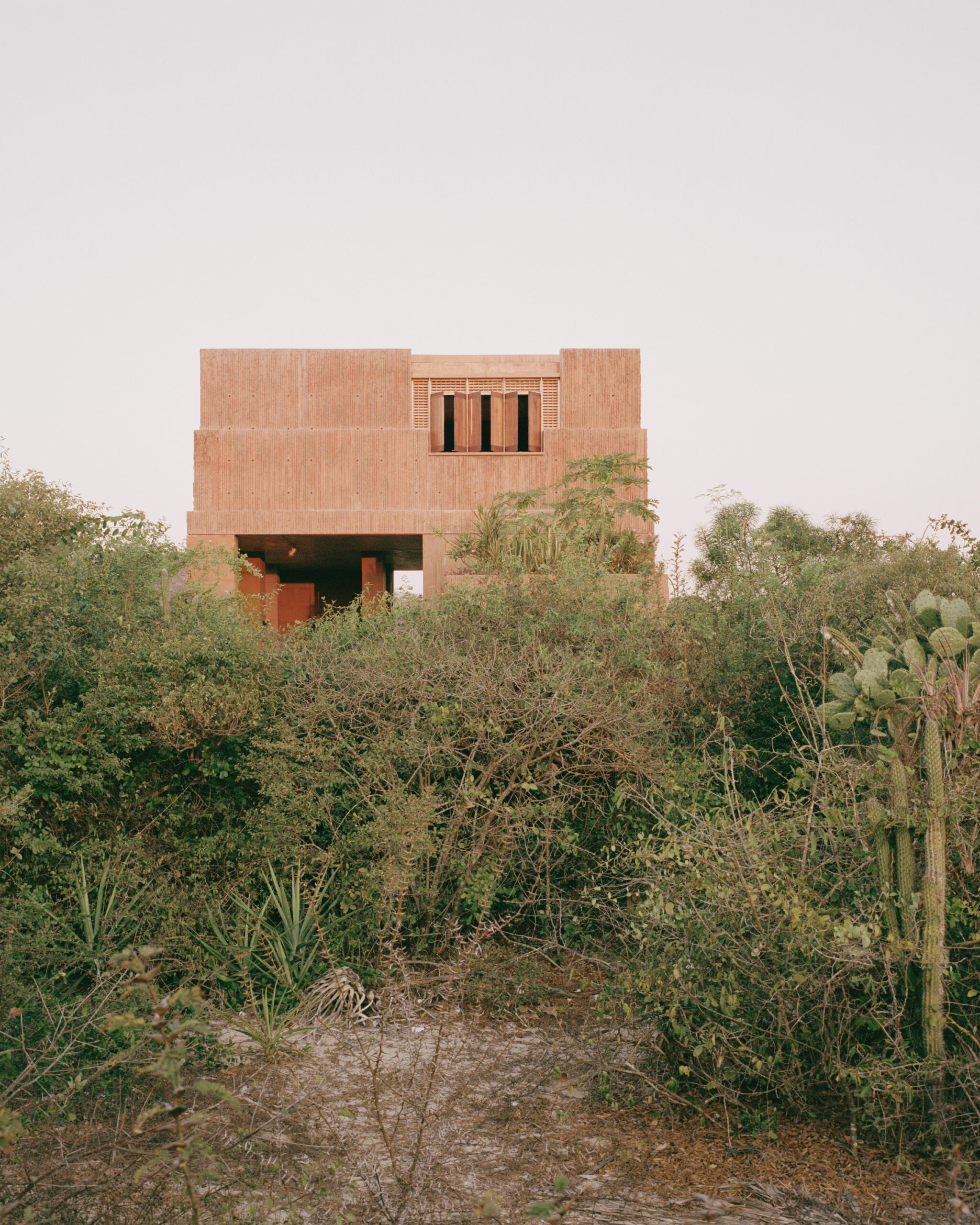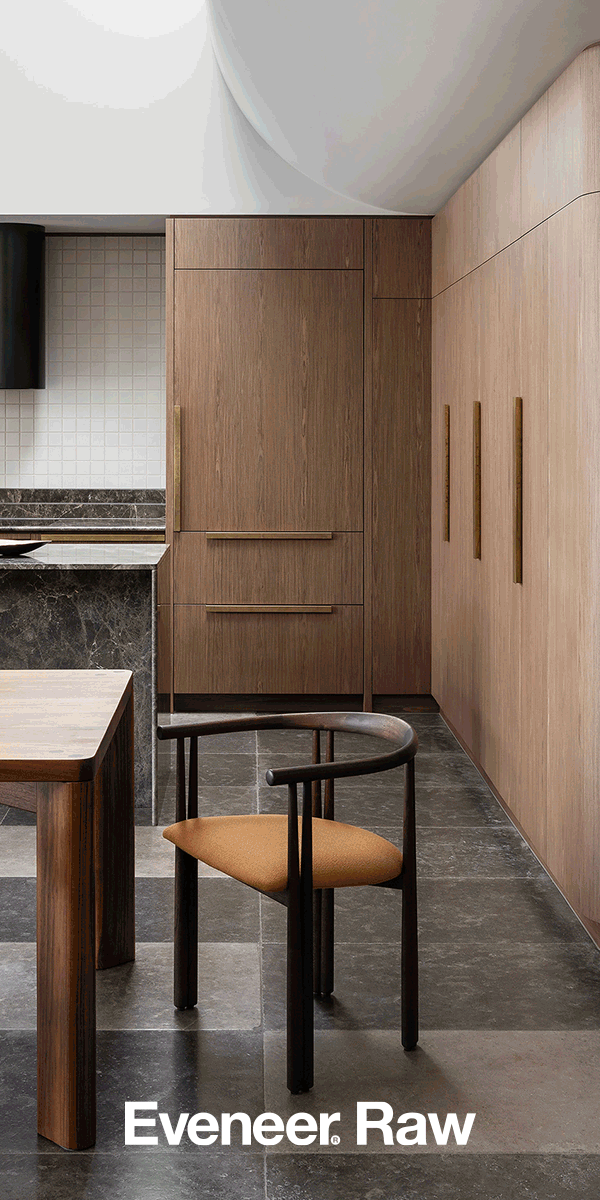Regional Bureacracy presents a serious and carefully put together, if occasionally patchy, collection of drawings, photographs and expert...
Casa Monte
Visit the beautiful Casa Monte by Mexican architect Carlos H. Matos on the Pacific coastline of Oaxaca in Mexico’s south through the photographs by Rory Gardiner.
Essay
Rachel Weinberg
Photography
Rory Gardiner

The distinct geometric form of Casa Monte emerges from the landscape but is of the landscape – it is made from cast blocks in a material that is in harmony with local earth.
Concrete is no less formidable than cacti. Its hard, cold, impenetrable surface inspires just as much apprehension as the spines of a succulent. The nodules of the latter, often speckled with yellow or white flecks, protrude randomly from the plant’s membrane, forming bulbous shapes that meld into the undulating plains where they reside.
Concrete, on the contrary, is visible from a considerable distance and distinguishable by its monolithic austerity. Sparse and stark, it brashly reveals itself, akin to a male peacock flaunting its blue and green plumes during courtship. When concrete and cacti are juxtaposed on an architectural site a tension transpires. Both are marked by a reticence, a shared aversion to disturbance and a reluctance to imposition. Casa Monte, the site in reflection, conceived by Mexicobased architect Carlos H. Matos in 2023, borders the Pacific coastline of Oaxaca in Mexico’s south. Devoid of a definitive entrance, the structure defies the usual boundaries between inside and out. Visitors may wander through the encircling shrub, entering and departing at will, their movement unhindered by walls or gates. The ocean breeze navigates the courtyard freely, almost animating the concrete and lending it a fluidity that belies its static nature.

The umber walls and pillars throughout the house ascend from the parched earth, offering a warmer palette among the otherwise cool coastline. The hues recall pre-Hispanic heritage architecture and echo the abstract designs of Modernists from the 20th century. (The facade, with its curt profile, is reminiscent of the Governor’s Palace at Uxmal, while the interior’s open plan and unadorned functionality recalls the Minimalism movement of the 1960s.) Evoking both historical periods, the house has thus been described by the creator as “an ode to antiquity”, paying tribute to the myriad epochs that have shaped Mexico’s architectural landscape: “It is equally an homage to the profound transformations that shaped Mexico’s built environment… It’s many pasts, remote and recent, and a present one still taking shape.”
Reflecting upon the past in this way is a habitual practise for Matos, who established the firm Tezontle with Lucas Cantú in 2015. Known for experimenting with scale, materiality and processes, their art, design and architectural projects hop between periods and places. Nonetheless, all their work is distinctly of its moment; it is always timely.
‘Timely’, with its lexical core being ‘time’ and its Germanic origin being tīma, relates to acting at an opportune moment. In many cases, it refers to creating an object that sits at the juncture of innovation and appropriation, one that converges at the point of restoration and revival. What, then, is Matos revitalising atop a hillock in the south of Mexico? Perhaps it is the tradition of constructing complex forms in desolate settings, evocative of Frank Lloyd Wright’s Taliesin West in Scottsdale, Arizona, or Oscar Niemeyer’s Casa Cavanelas near Rio de Janeiro. Or maybe he is reinvigorating vernacular construction methods – ramming or cobbing local materials such as soil, clay and cement. These timely endeavours allow his architecture to evolve with the landscape. It allows him to foster a sense of play and be spontaneous on a grand scale so that, as centuries pass, the architecture seamlessly transforms into ruins – part folly, part archaeology – embodying the past, the present, the future.


Matos’s practice, Tezontle, is named after a porous, volcanic rock traditionally used in Mexican construction. Here, the warm hues of the building reference this vernacular material.

The pool, central to the house not only bounces light around the space but provides a vernacular method of evaporative cooling.

An oculus atop the stairwell presents the play of light as it revolves throughout the day.

13514-1472-0007 001

